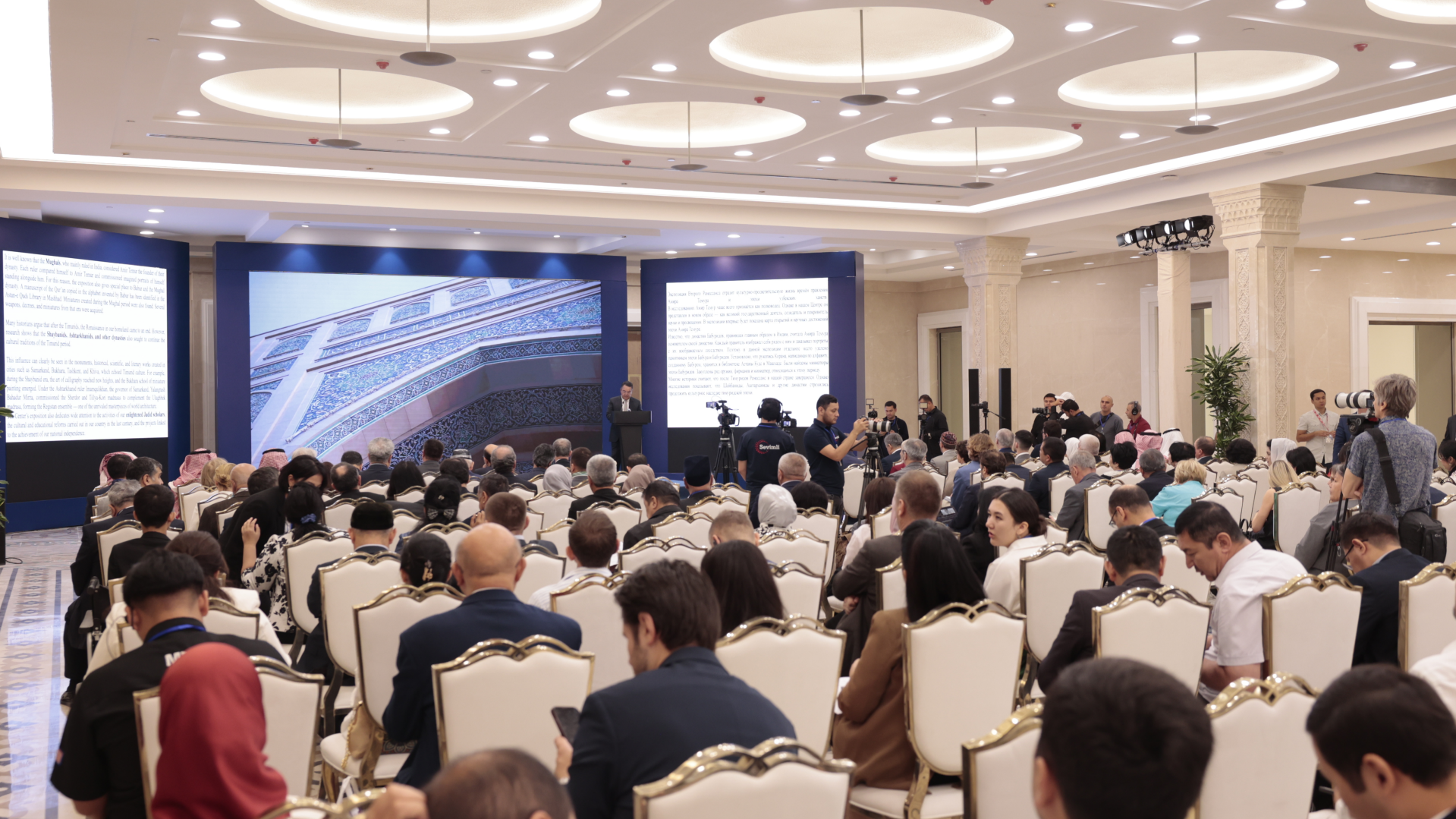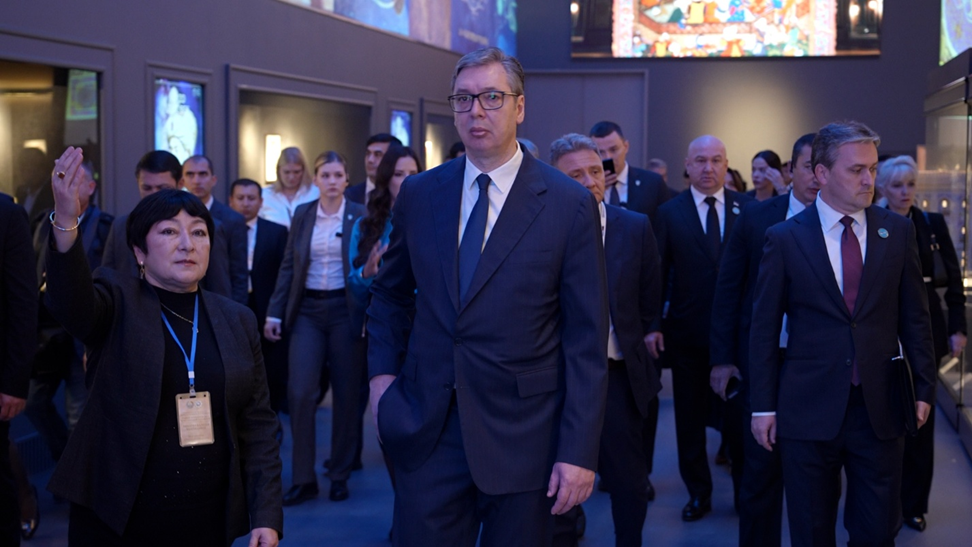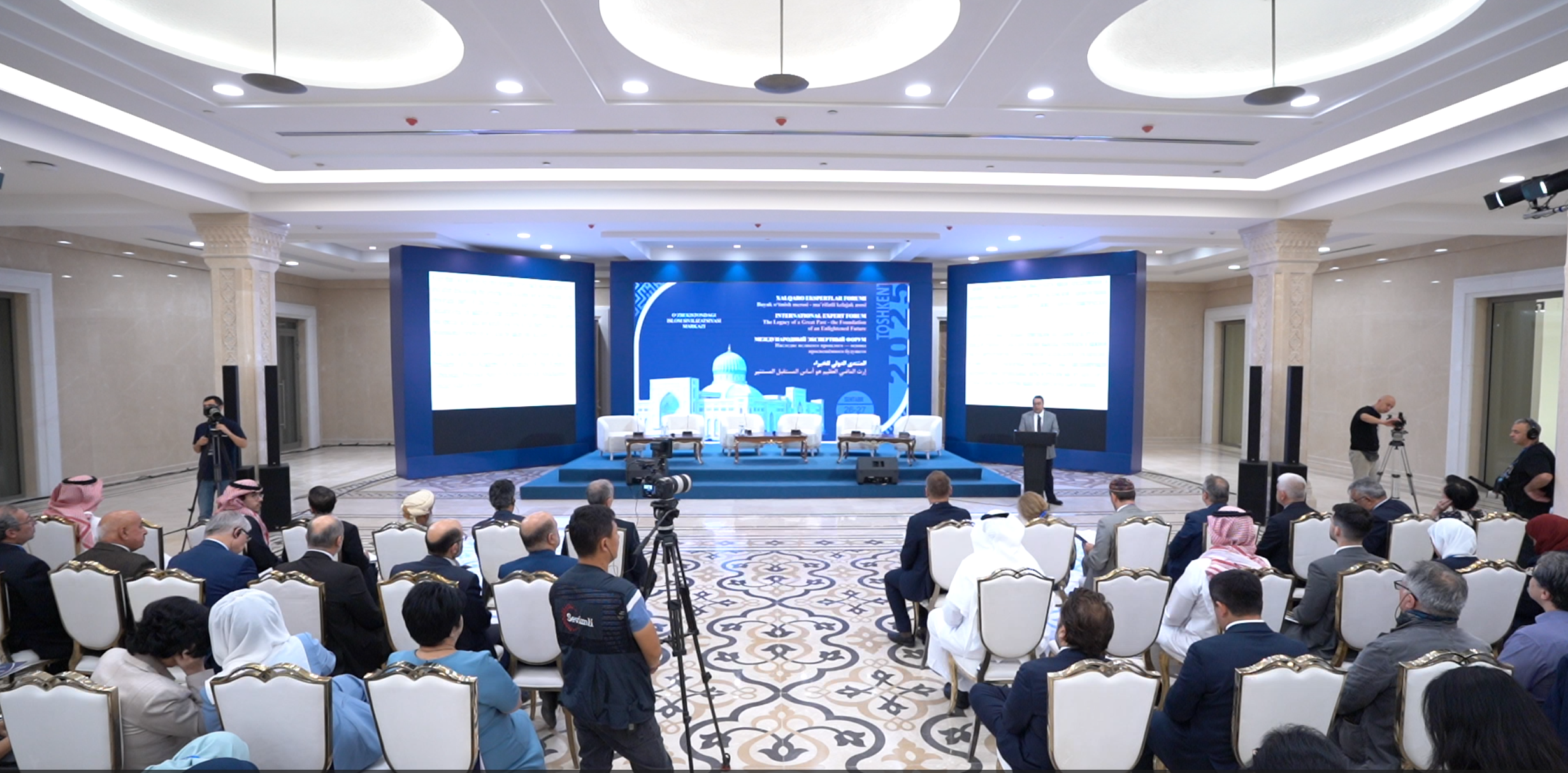WOSCU collection and gifts: historical collections being curated for Uzbekistan’s mega project

The development of the museum exposition at the Center of Islamic Civilization in Uzbekistan is nearing its final phase. Intensive work is underway to ensure each section is presented accurately and scientifically, following a clear historical chronology and with properly curated placements of exhibits.
Various artifacts, antiquities, and historical objects reflecting the rich history of Uzbekistan are being carefully selected. These items are being organized thematically and chronologically to be featured in specific sections of the exposition.
At the latest coordination meeting, chaired by the Center’s Director Firdavs Abdukhalikov and attended by section coordinators and international partner organizations, significant materials were reviewed. Among them were the renowned “Scotland Collection” and a range of historical gifts presented by WOSCU — the World Society for the Study, Preservation and Promotion of the Cultural Legacy of Uzbekistan.
The unique artifacts provided by WOSCU have been allocated as follows:
For the “Pre-Islamic Era” section — items from Sopollitepa
For the “First Renaissance” section — pottery from Afrasiab adorned with Arabic inscriptions
For the “Timurid Era – Second Renaissance” section — period-specific miniatures
For the “Khanate Period” section — suzani textiles, carpets, and jewelry pieces
In addition, artifacts donated to the Center are being selectively assigned to their corresponding historical sections, ensuring that each item aligns with the thematic and chronological context. These objects are intended to be displayed with high aesthetic and scholarly value.
These efforts aim to elevate the museum stature of the Center of Islamic Civilization, delivering an authentic and powerful portrayal of Uzbekistan’s rich history to both domestic and global audiences.
Most read

Over 100 experts from more than 20 countries of the world are in Tashkent!

President of Serbia Aleksandar Vučić visited the Islamic Civilization Center in Uzbekistan

The Center for Islamic Civilization – a global platform leading towards enlightenment











